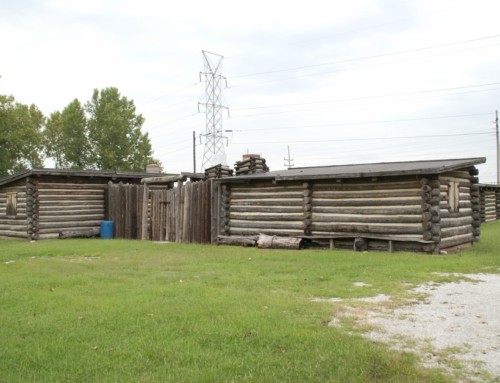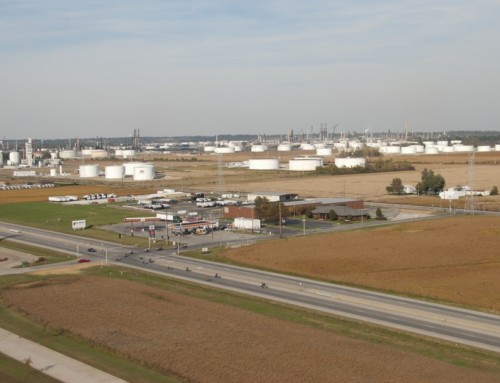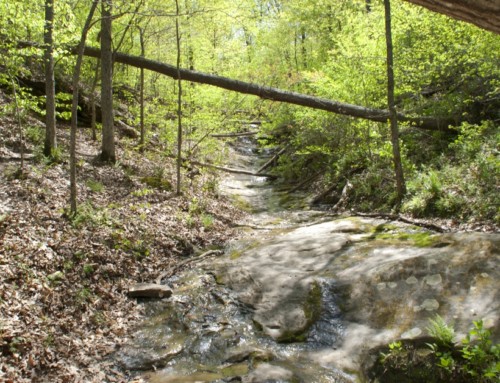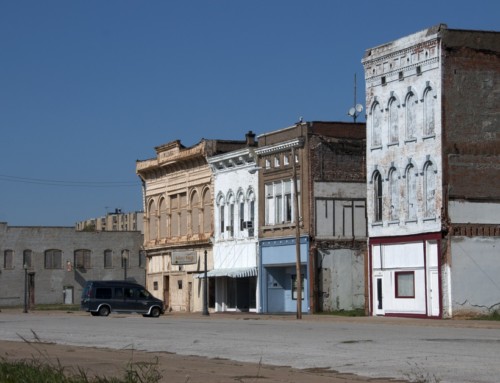History
Amzi Doolittle (one of my all-time favorite names) and Edward White arrived in 1826. Doolittle built a mill near where a little village called Appanoose was platted in 1836. Another European who arrived early was Patrick Dougherty of Sligo County, Ireland. He built a home here in 1829 and later walked all the way to St. Louis with his two dogs to become a citizen.
Niota grew a bit when the railroad arrived. When the first bridge was built here, construction crews encountered two feet of quick sand that had to be removed, a dangerous project that resulted in the deaths of several workers.
There’s never been a heck of a lot of industry here, other than ice harvesting, commercial fishing, and some fruit orchards. Flooding has probably been the main factor that has kept Niota small. The village has gotten wet many times. On January 10, 1946 an ice jam caused a flash flood that caught the town off-guard. While sandbagging protected the village in 1965, it didn’t help in 1993—even when inmates from Greene County pitched in to raise the levee—or in 2008, when the levees failed again. Both recent floods did significant damage to the village and convinced more than half of the residents to move to higher ground.
**Looking for more places to visit along the Mississippi River? Check out Road Tripping Along the Great River Road, Vol. 1. Click the link above for more. Disclosure: This website may be compensated for linking to other sites or for sales of products we link to.
Community-supported writing
If you like the content at the Mississippi Valley Traveler, please consider showing your support by making a one-time contribution or by subscribing through Patreon. Book sales don’t fully cover my costs, and I don’t have deep corporate pockets bankrolling my work. I’m a freelance writer bringing you stories about life along the Mississippi River. I need your help to keep this going. Every dollar you contribute makes it possible for me to continue sharing stories about America’s Greatest River!
©Dean Klinkenberg, 2024, 2021, 2018,2013,2011






